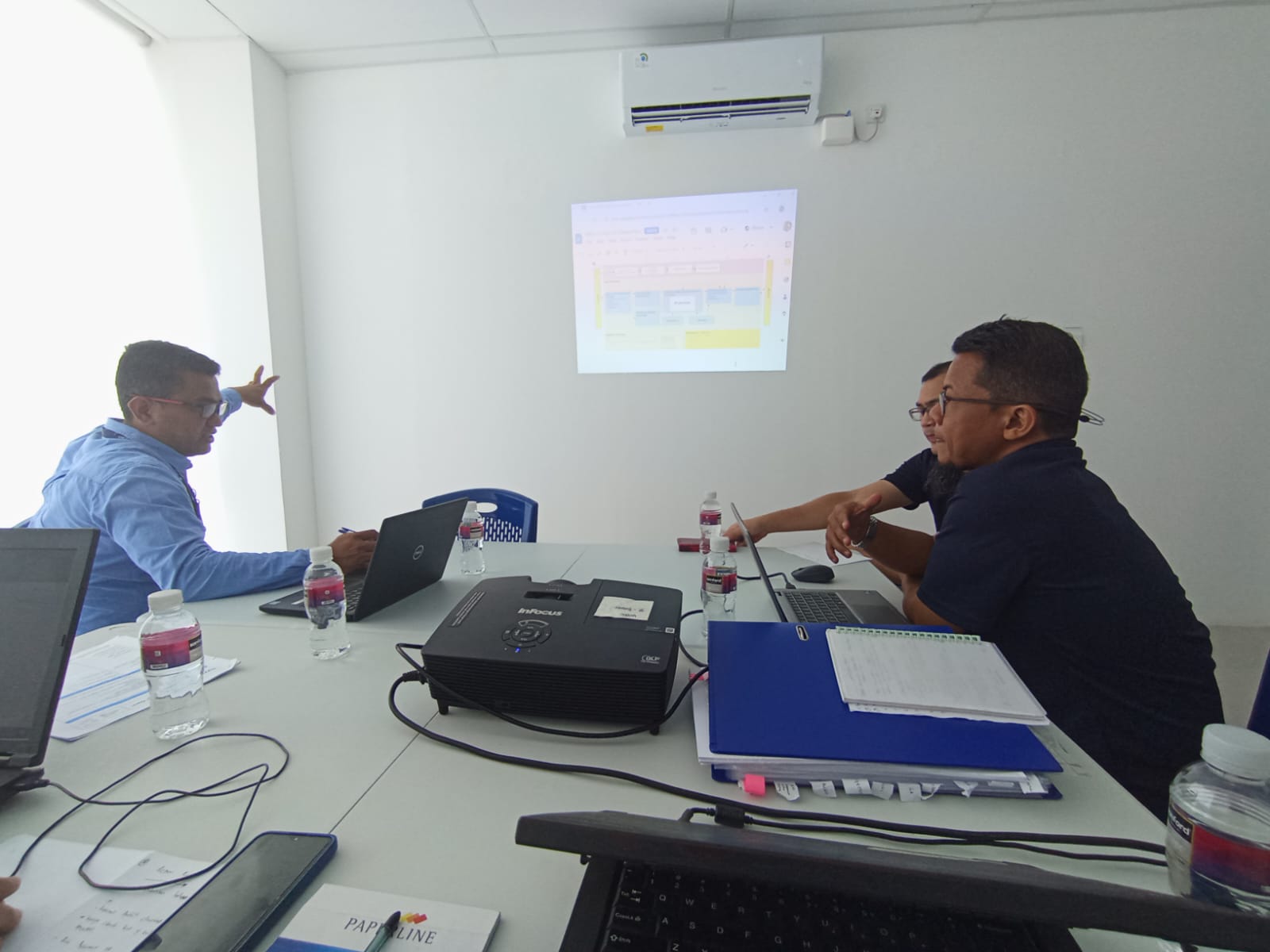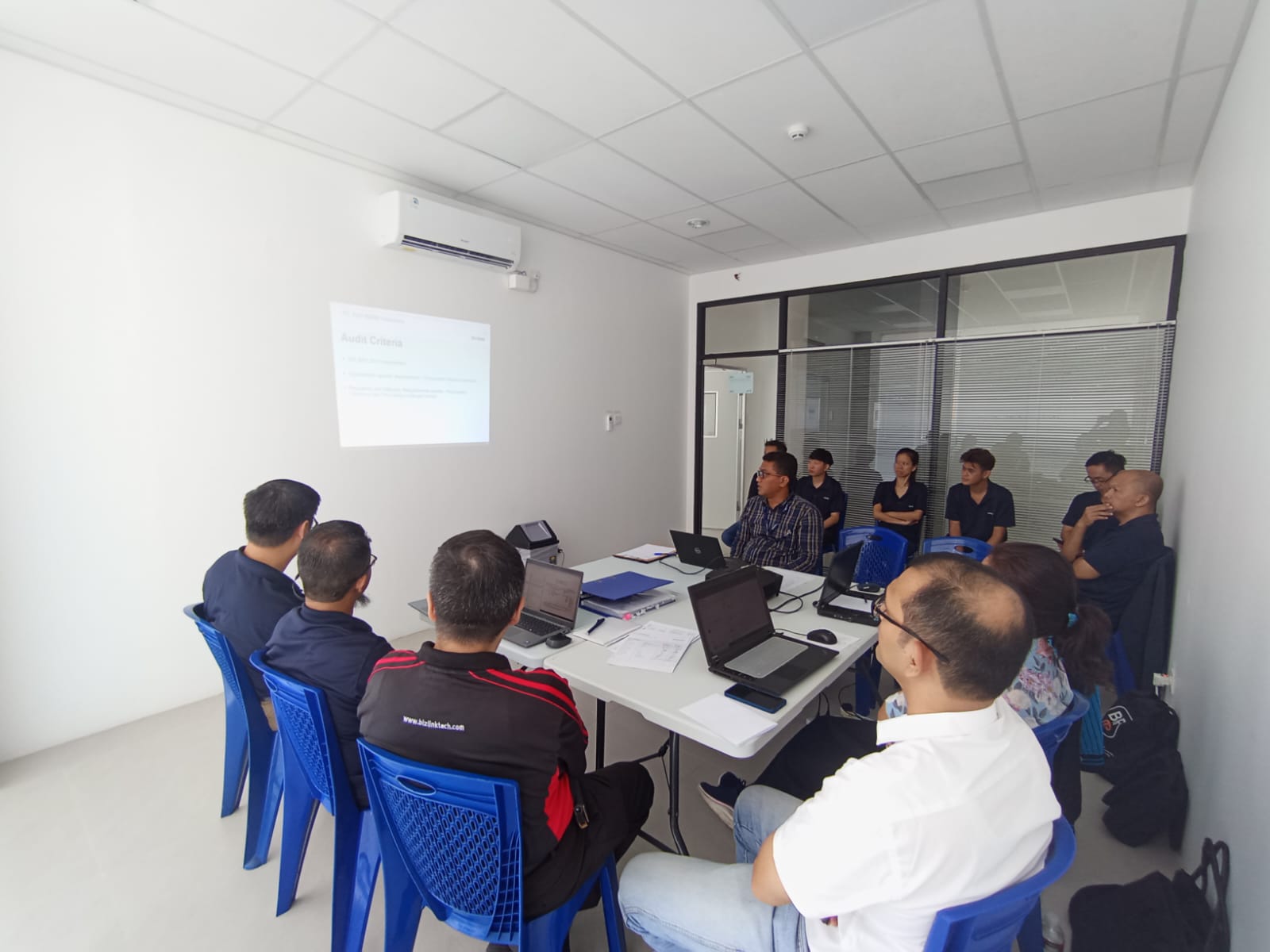In the competitive world of business, having internationally recognized and documented operating standards is no longer just an added value, but a necessity. This is where the role of ISO (International Organization for Standardization) standards becomes crucial. Among the many ISO standards, the trio of ISO 9001, ISO 14001, and ISO 45001 often serve as the main foundation for companies seeking to improve their performance.
However, questions often arise: what exactly are the differences between the three? Which one does my business need the most? This article will thoroughly explore the differences, objectives, and benefits of each standard.
ISO 9001: Quality Management System
What is ISO 9001?
ISO 9001 is an international standard focused on Quality Management Systems (QMS). Its purpose is to ensure that the products or services produced by a company consistently meet customer requirements and applicable regulations. Its main principles are customer focus and continuous improvement.
Main Objectives:
- Meet customer requirements.
- Improve customer satisfaction.
- Continuously improve processes.
Benefits for Your Business:
- Improve Customer Satisfaction: With controlled processes, product/service quality becomes more consistent.
- Operational Efficiency: Reduce waste and errors due to well-documented processes.
- Enhanced Company Image: Demonstrate a commitment to globally recognized quality.
- Foundation for Expansion: Often a prerequisite for participating in tenders, especially from multinational companies or governments.
Who Needs It?
Almost all types of organizations, from manufacturing, services, to non-profit institutions, that want to standardize and improve the quality of their output.
ISO 14001: Environmental Management System
What is ISO 9001?
ISO 9001 is an international standard focused on Quality Management Systems (QMS). Its purpose is to ensure that the products or services produced by a company consistently meet customer requirements and applicable regulations. Its main principles are customer focus and continuous improvement.
Main Objectives:
- Meet customer requirements.
- Improve customer satisfaction.
- Continuously improve processes.
Benefits for Your Business:
- Improve Customer Satisfaction: With controlled processes, product/service quality becomes more consistent.
- Operational Efficiency: Reduce waste and errors due to well-documented processes.
- Enhanced Company Image: Demonstrate a commitment to globally recognized quality.
- Foundation for Expansion: Often a prerequisite for participating in tenders, especially from multinational companies or governments.
Who Needs It?
Almost all types of organizations, from manufacturing, services, to non-profit institutions, that want to standardize and improve the quality of their output.
ISO 14001: Environmental Management System
What is ISO 14001?
ISO 14001 is a standard for Environmental Management Systems (EMS). This standard helps organizations improve their environmental performance through effective management of environmental aspects that they can control, such as waste, emissions, and resource use.
Main Objectives:
- Comply with environmental laws and regulations.
- Prevent pollution and reduce negative impacts on the environment.
- Improve environmental performance in a sustainable manner.
Benefits for Your Business:
- Legal Compliance: Ensures that the company complies with all environmental regulations, avoiding fines and penalties.
- Cost Savings: Optimizes the use of energy, water, and raw materials, thereby reducing operational costs.
- Green Reputation: Builds a positive image as an environmentally conscious company, which is highly sought after by modern consumers and investors.
- Environmental Risk Management: Identifying and controlling potential environmental risks that could disrupt operations.
Who Needs It?
It is especially important for companies in sectors that have a significant environmental impact, such as manufacturing, mining, construction, energy, and chemicals. However, service companies can also adopt it to demonstrate environmental responsibility.
ISO 45001: Occupational Health and Safety Management System
What is ISO 45001?
ISO 45001 is a standard that replaces OHSAS 18001, focusing on Occupational Health and Safety Management Systems (OHSMS). Its purpose is to provide a safe and healthy workplace for workers and related parties, by proactively preventing work-related injuries and illnesses.
Main Objectives:
- Prevent workplace accidents and occupational illnesses.
- Ensure a safe and healthy workplace.
- Comply with applicable occupational health and safety regulations.
Benefits for Your Business:
- Reduce Workplace Accidents: Lower incident rates, which means reduced compensation costs, downtime, and insurance premiums.
- Improve Worker Morale and Productivity: Workers who feel safe will be more motivated and productive.
- Comply with the Law: Avoid lawsuits and penalties for OSH violations.
- Build an OSH Culture: Create a work environment where safety is everyone’s priority.
Who Needs It?
All organizations that employ people, especially those in construction, manufacturing, oil & gas, mining, logistics, and other sectors with high accident risks.
Key Differences Between ISO 9001, ISO 14001, and ISO 45001
Although these three standards have the same basic structure, their focus and objectives are very different. The key differences can be seen from several perspectives:
1. In Terms of Main Focus (What is Managed)
- ISO 9001 focuses on “Quality”. This means that this standard manages all processes that affect the quality of products or services received by customers. The goal is to ensure that what is promised to customers is consistently fulfilled.
- ISO 14001 focuses on the “Environment.” This standard manages a company’s interaction with its surrounding environment, such as waste management, gas emissions, energy use, and natural resources. The goal is to minimize the negative impact of company operations on the environment.
- ISO 45001 focuses on “People” in the workplace, specifically regarding Occupational Health and Safety (OHS). This standard manages all potential hazards that can cause injury, illness, or other unwanted incidents to workers and related parties.
2. In Terms of Direct Beneficiaries (Who Benefits)
- The main beneficiaries of ISO 9001 are Customers. When the quality system is running well, it is the customers who feel the most direct impact through consistent and reliable products/services.
- The main beneficiaries of ISO 14001 are society and the environment. Companies that implement ISO 14001 contribute to environmental sustainability for current and future generations.
- The main beneficiaries of ISO 45001 are workers and everyone under the control of the company. This standard directly protects their safety and health at work.
3. In terms of issues or risks addressed
- ISO 9001 addresses risks related to customer dissatisfaction, such as defective products, delivery delays, unsatisfactory service, and non-compliance with specifications.
- ISO 14001 addresses environmental and legal impact risks, such as water/air pollution, environmental regulation violations, resource waste, and poor reputation in the eyes of the community.
- ISO 45001 addresses occupational accident and illness risks, such as injuries, deaths, lost work time, legal claims from workers, and the financial impact of OHS incidents.
4. In Terms of Specific Goals to be Achieved
- The ultimate goal of ISO 9001 is to increase customer satisfaction and achieve business sustainability through continuous process improvement.
- The ultimate goal of ISO 14001 is pollution prevention and continuous improvement of environmental performance to support sustainable development.
- The ultimate goal of ISO 45001 is to provide a safe and healthy workplace by eliminating hazards and minimizing occupational health and safety risks.
5. Simple Analogy:
Imagine a manufacturing company:
- ISO 9001 ensures that the products produced are of good quality and meet specifications.
- ISO 14001 ensures that the production process does not pollute nearby rivers and uses energy efficiently.
- ISO 45001 ensures that machine operators are protected from hazards and return home safely to their families every day.
By understanding these differences, companies can more accurately determine which standards to prioritize or decide to integrate all three to create a holistic and sustainable management system.
Synergy and Integration: Why Are They Often Implemented Together?
These three standards have an identical high-level structure (HLS). This means that the basic framework, such as organizational context, leadership, planning, support, operations, performance evaluation, and improvement, follows the same pattern. This makes it easier for companies to integrate the three systems into a single Integrated Management System.
With integration, companies can:
- Reduce Document Duplication: Overlapping procedures can be consolidated.
- Optimize Resources: Internal audits and management reviews can be conducted simultaneously.
- Achieve Holistic Business Goals: Improve overall business performance in terms of quality, environment, and safety simultaneously.
Conclusion
Choosing which ISO standard to implement depends on your strategic objectives and key business risks:
- Want your products/services to be more trusted and preferred by customers? ISO 9001 is the answer.
- Want to demonstrate your commitment to environmental sustainability and save on operating costs? ISO 14001 is what you need.
- Is your priority to protect your most important asset—your employees—and create a safe workplace? ISO 45001 is the right choice.
However, to build a resilient, sustainable, and responsible business, implementing all three standards in an integrated manner will provide far greater and more comprehensive benefits. Consult with a trusted certification body to determine the best steps in your business standardization journey.
Want to know more or need help with ISO certification? Contact us at:
• Call Center: 083191312000
• Email: marketing@isospace.id
• Contact: Kristina Saragi, 081268161778, kristina@isos





Leave a Reply